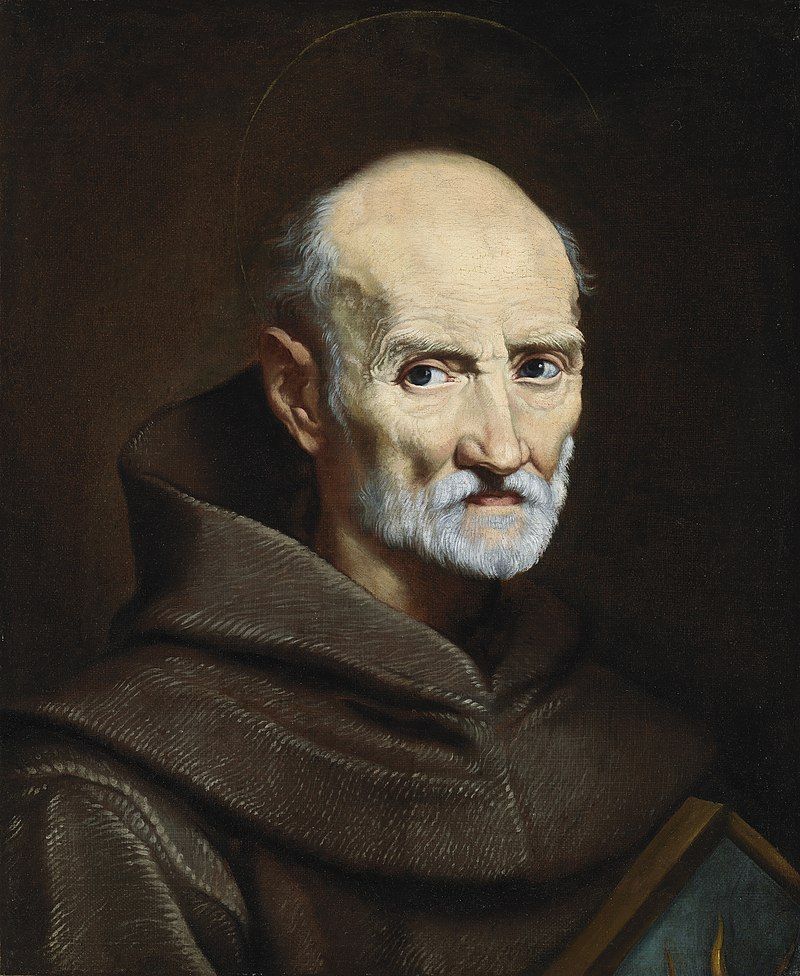People around the world celebrate St. Patrick’s Day, but few people have ever heard of Luke Wadding, the Waterford man who was instrumental in placing the celebration on the Catholic Church’s Calendar of Saints. Waterford City honors Wadding with a statue depicting him in front of the town’s Franciscan church, but most visitors walk oblivious to this great man who left a legacy felt around the world on March 17.
Wadding was born into a wealthy and prestigious Waterford merchant family in 1588. Wadding was the youngest of a family of 14 children, born to Walter Wadding and his wife Anastasia Lombard, who was the sister of Peter Lombard, the primate of Ireland. A bright child and a gifted scholar Wadding soon mastered Latin and showed great promise of becoming an academic. At age 14, though, tragedy stuck Wadding when a plague claimed both his parents as victims. The orphaned Luke was looked after by an older brother who brought him to Portugal where he joined the Franciscan friars. The Franciscans looked favorably upon Luke’s love of books and academic achievements. He was so bright that his intelligence even attracted the interest of Hugh O’Neill, the exiled Earl of Tyrone, who attempted to convince him to become part of the Irish mission, but Wadding’s Franciscan superiors were sure that his future lay in education and scholarship.

A portrait of Luke Wadding OFM in the National Gallery of Ireland.
He was bright enough to receive positions to teach at the most prestigious school of theology in the world including, Belgium’s Louvain, the Jesuit College at Utrecht in Holland, and the University of Salamanca in Spain. Wadding moved to Rome, where he saw the need to provide religious education to Irish exiles who were forbidden by law from learning their Catholic faith at home. He began to raise funds to establish an Irish center in Rome and asked the church for help too. The church hierarchy in Rome, however, did little to help these Irish exiles, but Wadding was determined to help them. The Franciscan Minister General gave Wadding a small, unfinished church and convent, which was saddled with debts. Wadding took charge of the church anyway and soon established St. Isidore’s as a center of Catholic learning. Wadding also created a huge library in the college of manuscripts, with works dating as far back as 1400. At St. Isidore’s he also showed his adoration for St. Patrick when he installed him as a co-patron saint of the college.
Wadding quickly became a revered figure in Rome. Some wanted to make him a cardinal, though they never succeeded. He even received a number of votes in the election of a new pope, making him the only Irishman ever to garner votes in a Vatican papal election. However, it is his work on the calendar of saints which makes him important to us all today.
The Pope himself, recognizing Wadding’s scholarship and piety, asked him to help to create a comprehensive calendar of saints. Wadding began compiling his calendar, but not forgetting his Irish roots, he added St. Patrick to the calendar for March 17. Though the day had been observed in Ireland from around the 10th century, Wadding was responsible for giving it the approval of the Catholic Church.
Wadding died in 1657 at age 69 and was buried on the grounds of St. Isidore’s, the school he founded. A little more than a century later, Irish in America began the parades on March 17, though parades celebrating St. Patrick’s Day in Ireland with parades is a comparatively recent phenomenon. It was in his native Waterford that the first Irish recognition of St. Patrick’s Day as an official holiday took place. In February 1903, before the 17th of March was ever made a national day of celebration, a meeting was held in the Town Hall in Waterford where the citizens unanimously voted to make St. Patrick’s Day a “general holiday” where local businesses would close in order to allow everyone to celebrate. That general holiday included pubs and amazingly until the 1970s, laws in the Irish Republic prohibited pubs from opening on March 17th. Some church fathers feared that public drunkenness would be a sign of disrespect to the country’s patron saint. Today, however, Irish pubs are packed and alcohol is a part of the festivities. St. Patrick’s Day celebrations now take place around the globe, but few people raise a glass to the forgotten Waterford man who put it on the calendar.









